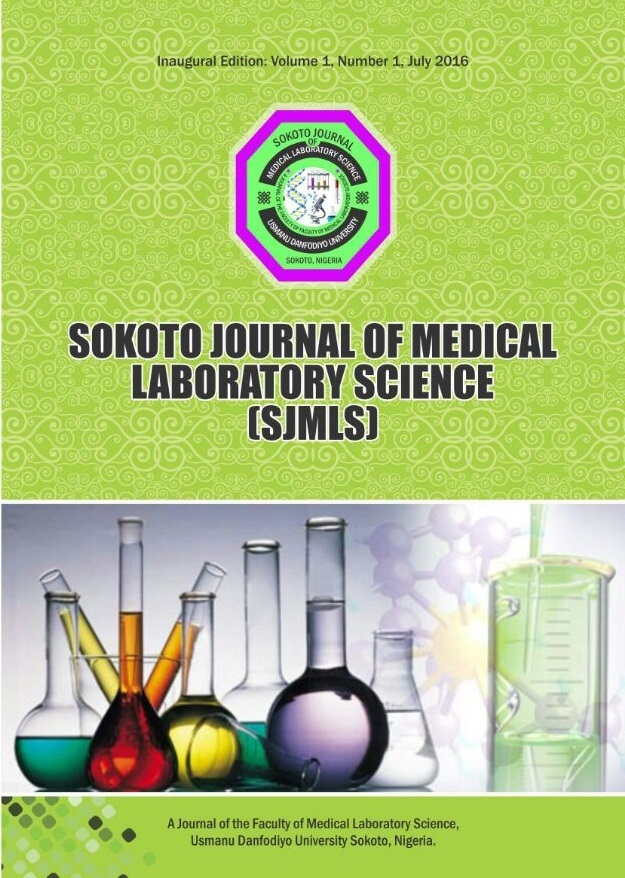Small Interfering RNA and the Quest for an Effective Respiratory Syncytial Virus Therapy
Keywords:
Antiviral; Gene silencing; Respiratory syncytial virus; small interfering RNA; TherapyAbstract
Respiratory syncytial virus (RSV) is the primary cause of lower respiratory tract infections among infants and children globally. Many vaccinology approaches have been assessed in rodent and primate models, however, no vaccines have been approved and there are limited effective antiviral agents available. This review aims to critically analyse the potentials of small interfering RNA as alternative treatment approaches in RSV. Online databases, both freely accessible and subscription based were searched through the University of Putra Malaysia’s library. The search was limited to full research articles, review articles and meta-analyses, and articles were selected based on their relevance. A total 1352 articles were screened, however, only 823 were found to be relevant for this review and 65 have been cited here. Small interfering RNA is advantageous for developing antiviral treatments because of its ability to acts at the nucleotide level. This provides information needed to design therapeutic RNAi, which can subsequently accelerate the rate at which potential therapies enter the drug development industries. The antiviral effect of RNAi usually occurs through specific biochemical inhibition of viral protein function. The main components in RNAi drugs have proved efficient at inhibiting RSV, and multiple siRNA can be designed to silence the targeted viral genes and target the sites of infection.




